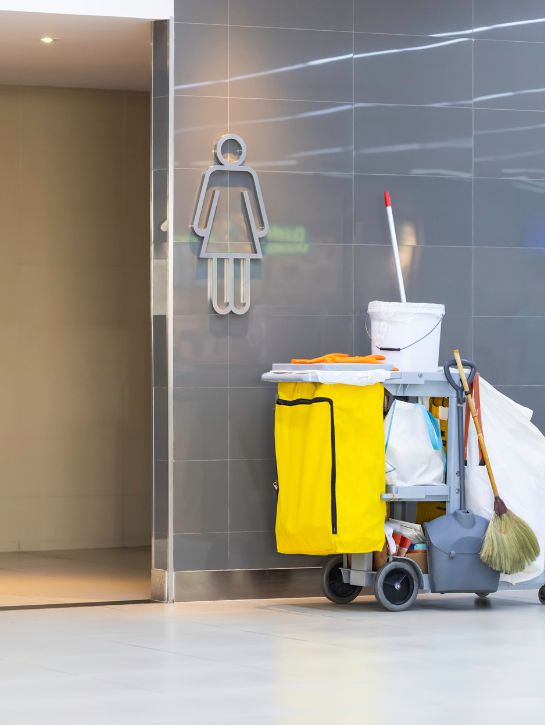
Jan 02, 2024
How to Reduce Your Janitorial Company’s Ex-ModSome industries may be in the midst of layoffs and hiring freezes, but the janitorial and cleaning sector is staying strong. In fact, it’s growing. As the market size increases, it’s necessary to reassess the risk management needs of janitorial and building services companies.
According to research from IBISWorld, the janitorial sector services revenue experienced a compound annual growth rate of 1.2% between 2018 and 2023. In 2023, revenue is expected to reach $90.1 billion.
A well-functioning society depends on janitorial services. This fact was made clear during the COVID-19 pandemic, when people paid more attention to cleaning processes. However, it doesn’t take a global pandemic for sanitation to matter. The janitorial sector provides critical services.
As the janitorial sector grows, workplace accident exposures may increase, too.
As a janitorial company becomes bigger and employs more people, the risk of workplace injuries increases. Keeping adequate levels of staffing, training new employees, and responding to incidents can also be more challenging.
New workers are especially vulnerable. The U.S. Bureau of Labor Statistics (BLS) expects 85,500 new positions for janitors and building cleaners between 2021 and 2031. Those 85,500 new workers will need to learn how to conduct janitorial and cleaning services safely.
Risks tend to be higher during the training period. The 2023 Travelers Injury Impact Report found that 34% of all workplace injuries occurred during the employee’s first year on the job. These injuries resulted in 7 million missed days of work. It makes sense – new workers simply don’t have the experience needed to avoid common mistakes that can lead to injuries.
Preventing workers’ compensation claims is especially important in industries with high risk exposures. That includes the janitorial sector.
According to BLS, private-sector janitors and cleaners (excluding maids and housekeepers) experienced 21,200 nonfatal injuries and illnesses involving days away from work in 2020. The incidence rate per 10,000 full-time equivalent workers was 191.6. For comparison, the total incident rate for cases involving days away from work, job restrictions, or transfer per 10,000 full-time equivalent workers in all industries was only 170.
Janitors have physically-demanding jobs. There are many ways they can become injured. For example, they may:
New workers may be especially vulnerable to these exposures. They might try to lift objects that are too heavy or use improper lifting techniques. They might not realize the importance of personal protective equipment. Adequate training can help mitigate claims, but hiring more workers increases the chance that some of them will experience work-related injuries.
Businesses in the janitorial sector need to control their growing workers’ compensation exposures while keeping their costs down. An effective insurance program with risk management capabilities designed for the janitorial sector can help.
Tangram’s janitorial and building services program delivers a specialized workers’ compensation program with risk management and nurse triage services. We also offer cyber liability and workplace violence coverage. Learn more.